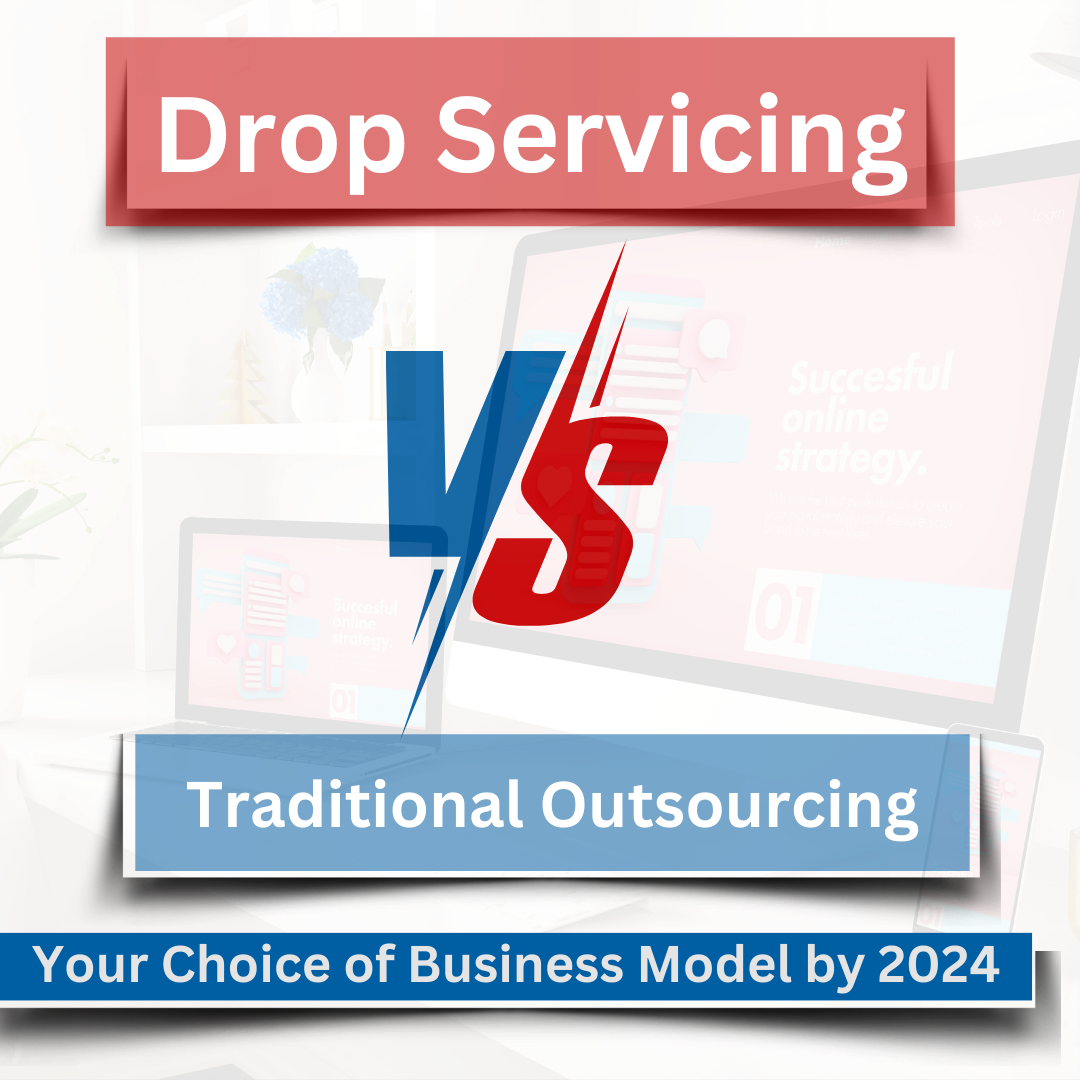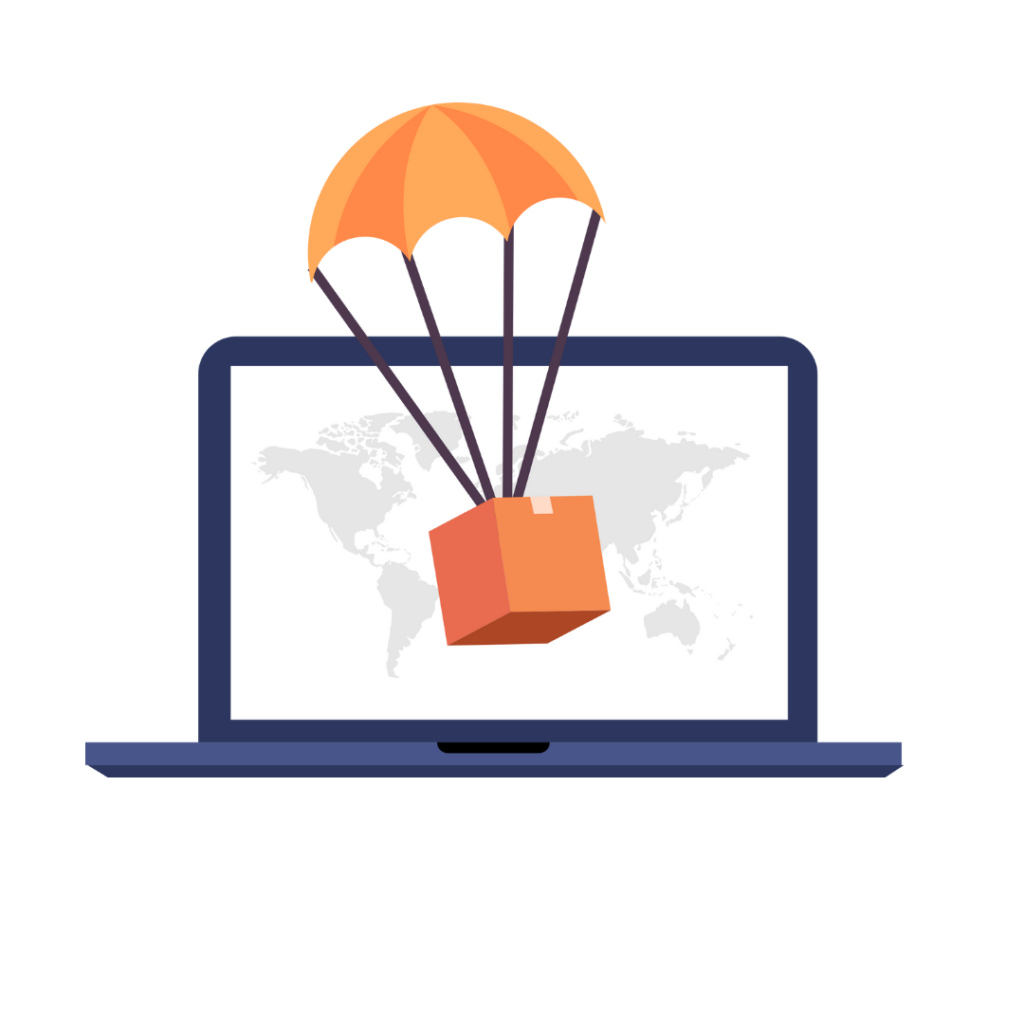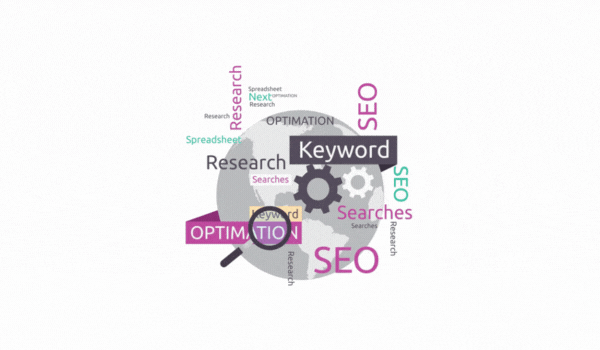
As regards the dynamics of business operations, this century’s non-core operational processes keep adjusting even within companies. The urge for digital platforms and the ever-demanding factor of efficiency and focus posed a critical decision for business owners and managers: drop services or outsource. Both these models have advantages and come with their nuances, so the choice is not just a tactical move but is strategically important.
What Is Drop Servicing?
This is quite the opposite of drop shipping; it is usually drop servicing or service arbitrage. A business model in which a company sells services, but when it acquires a client, it outsources the services to third-party suppliers who deliver the service. The drop servicing firm takes care of the client’s communication and quality control but does not do the delivery. Such a model uses other specialists’ competence in relationship with the customer.

Traditional Outsourcing; What Does it Entail?
One classic example of outsourcing is a business outsourcing a part of its operation to external specialists or agencies. Ranging anywhere from customer service, IT support, and human resources, right up to accounting, traditional outsourcing involves more direct involvement in selecting the outsourcing partner, and sometimes even in managing the project. It usually implies longer-term commitments, larger, more integral parts of the business processes, and is usually distinguished from drop servicing.
Key Areas to Look At: Comparative Analysis

Cost-Effective
Drop Servicing: This is a pretty cost-effective model, more so for starters and smaller businesses that may not have the resources to engage a full-time specialist. The jobs can be outsourced to freelancers or other agencies to save on employment costs, including benefits and training, of course, not forgetting office space.
Traditional Outsourcing: Broadly cost-effective, it may in some cases have increased associated costs due to the higher need for more structured contracts, project management, and integration into company processes. Yet, on a large-scale operation, this could have paybacks in terms of significant long-term savings and efficiencies.
Adaptability and Scalability
Drop Servicing: It is a highly flexible model. The volume of outsourced work is easy to adjust according to the current demand, without long-term commitments to be made by the businesses. This scalability makes it ideal for businesses with fluctuating workloads.
Traditional Outsourcing: Once a traditional outsourcing contract is in place, there is much less flexibility. Scaling up often requires renegotiation, and scaling down may be subject to penalties or minimum service charges. On the positive side, this invokes a stable operational foundation for predictable and steady workloads.
Quality Control and Brand Alignment
Drop Servicing: Quality assurance becomes a challenge for such a model as it entirely depends on other third parties to get the actual work done. A company must wisely choose its partners and put good quality assurance processes in place to ensure that the resultant output aligns with its brand standards.
Traditional Outsourcing: In traditional outsourcing, companies retain the ability to have more involvement in the choice of who will handle their processes and can set stringent quality standards and benchmarks. Such a relationship would potentially have closer brand alignment along with consistent quality.
Expertise and Specialization
Drop Servicing: With the general idea of drop servicing, groups of businesses can now offer a wide array of services by relying on various professionals from anywhere in the world or within the country. This can help even a small enterprise to compete with others in a larger area without the need to develop in-house huge capacities.
NOTE: Traditional Outsourcing: Outsourcing companies are more usually specialized in specific services and industries, and offer in-depth domain expertise and experience, which could be highly leveraged by their clients. It is therefore useful for companies that are looking to drive efficiency and effectiveness in a particular area of operation.
Client Relations and Interaction
Drop Servicing: This model of drop servicing will place your business in direct relation to the client, from communicating and delivering the project. This can take an even better relationship with the client and prompt adaptation to the needs of the client, as the intermediary will be in control of the narrative.
Traditional outsourcing: There is often one stage removed with this type of relationship. Here, the service provider deals with substantial parts of the customer interaction. This perhaps has some resource cost savings, but it leaves much less control over the customer experience.

Conclusion: Choice of the Right
In that way, many will see the choice between drop servicing and traditional outsourcing as a question of not only concrete business needs but also the nature of services, the importance of control, cost factors, and requirements for scalability in 2024. Then, drop servicing is the choice to make for those businesses that value flexibility, low entry costs, and the broad capabilities of the services. Based on these perspectives, traditional outsourcing might be the better choice for any business that treasures stability, deep expertise, and direct control over the service process.
It is therefore of so much essence for businesses to understand these models of outsourcing as they face the challenges of a global marketplace. Pay attention to these unique advantages of your strategic goals, which you can harness a great competitive edge to enhance operational efficiency.





